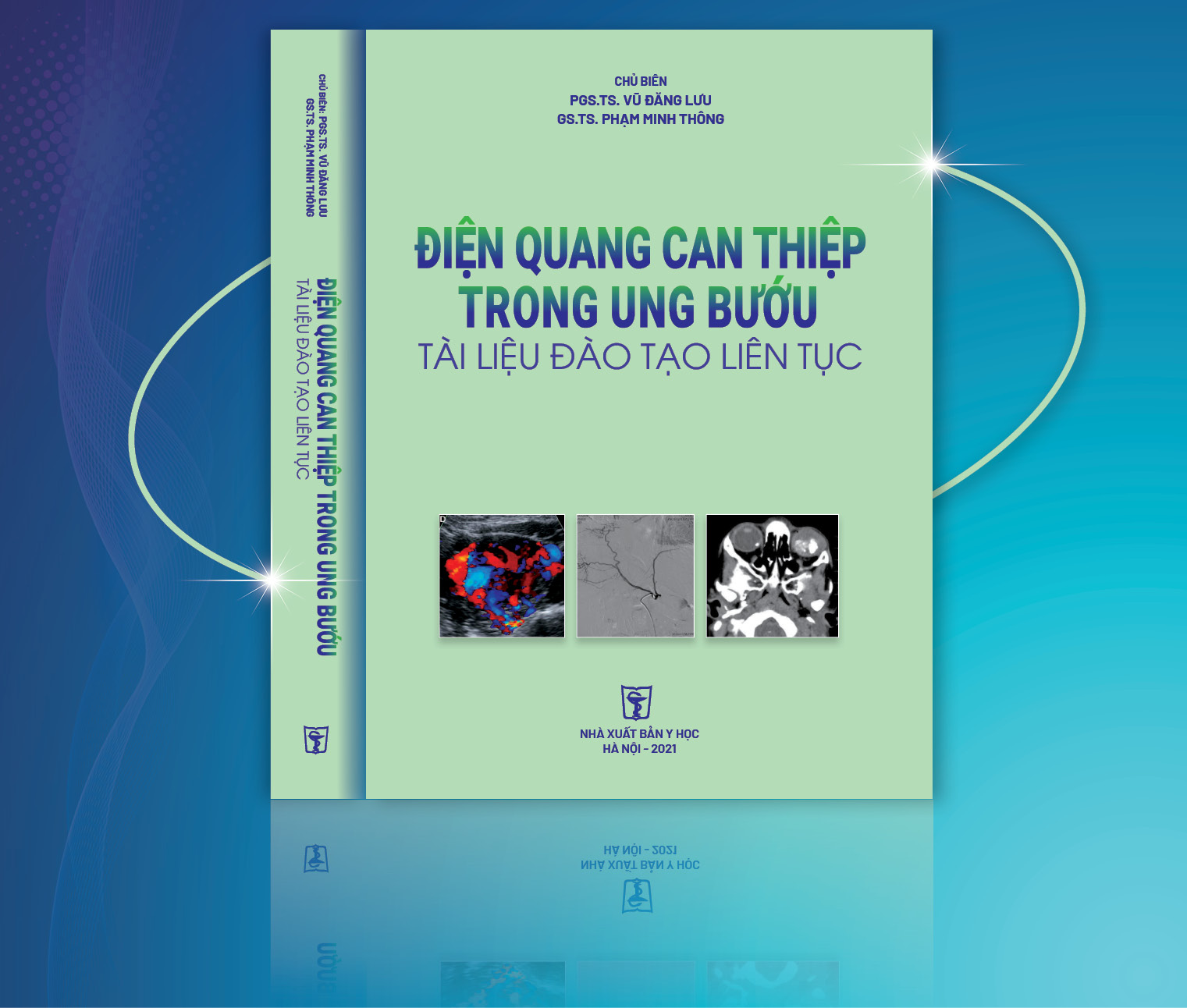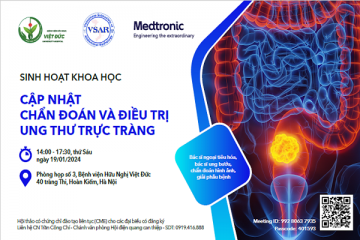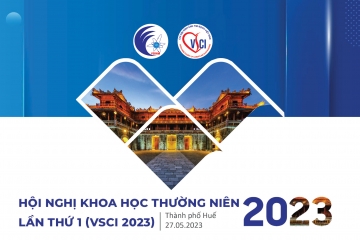Chẩn đoán hình ảnh tồn tại và quá thể kính nguyên thủy ( TTTKNT)
Persistence and hyperplasia of primitive vitreous humor (PHPV)
SUMMARY
Objective: To present three rare cases of PHPV in baby which were diagnosed with USG and CT scanner at 2 different syndromes. The authors want to find out the diagnostic imaging capability of this affection on each syndrome.
Material and methode: Cross-section description study of 3 cases with USG and CT scanner.
Result: The patient parent discover when the baby always rubs the eyes because they can’t see anything. Other clinical examination, the diagnosis is set with UGS as a solid mass in the vitreous corpus, no adherence in the macula, no hypervascularization on color Doppler image some small calcified nodes at all 2 eyes leading to total blindness. One of two patient has associated anomalies of the brain: turricephaly, corpus callosum atrophy, lissenpachygyria calling Aicardi syndrome. CT scanner is indicated only to set the differential diagnosis of retinoblastoma with calcification and possible extension in the retrobulbar space and optic nerv.
Conclusion: PHPV is a rare anomaly, difficult to prenatale diagnose but easy post delivery by USG, needing probe over 10 MHz and color doppler; transcranial sonogaphy gives avaluable image. CT is indicated only to detecte calcification for rule out retinoblastoma. IRM is not necessary except intend to investigate brain malformation.
Key word: vitreous humor.
Bạn Đọc Quan tâm
Sự kiện sắp diễn ra
Thông tin đào tạo
- Những cạm bẫy trong CĐHA vú và vai trò của trí tuệ nhân tạo
- Hội thảo trực tuyến "Cắt lớp vi tính đếm Photon: từ lý thuyết tới thực tiễn lâm sàng”
- CHƯƠNG TRÌNH ĐÀO TẠO LIÊN TỤC VỀ HÌNH ẢNH HỌC THẦN KINH: BÀI 3: U não trong trục
- Danh sách học viên đạt chứng chỉ CME khóa học "Cập nhật RSNA 2021: Công nghệ mới trong Kỷ nguyên mới"
- Danh sách học viên đạt chứng chỉ CME khóa học "Đánh giá chức năng thất phải trên siêu âm đánh dấu mô cơ tim"













Bình luận